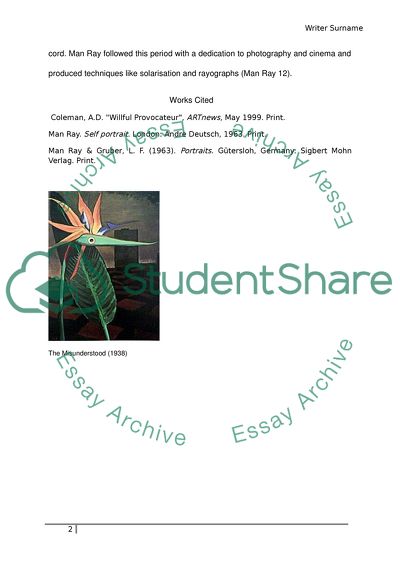Cite this document
(Research on Five Artists Report Example | Topics and Well Written Essays - 1250 words, n.d.)
Research on Five Artists Report Example | Topics and Well Written Essays - 1250 words. https://studentshare.org/visual-arts-film-studies/1773731-five-artist-research
Research on Five Artists Report Example | Topics and Well Written Essays - 1250 words. https://studentshare.org/visual-arts-film-studies/1773731-five-artist-research
(Research on Five Artists Report Example | Topics and Well Written Essays - 1250 Words)
Research on Five Artists Report Example | Topics and Well Written Essays - 1250 Words. https://studentshare.org/visual-arts-film-studies/1773731-five-artist-research.
Research on Five Artists Report Example | Topics and Well Written Essays - 1250 Words. https://studentshare.org/visual-arts-film-studies/1773731-five-artist-research.
“Research on Five Artists Report Example | Topics and Well Written Essays - 1250 Words”. https://studentshare.org/visual-arts-film-studies/1773731-five-artist-research.


